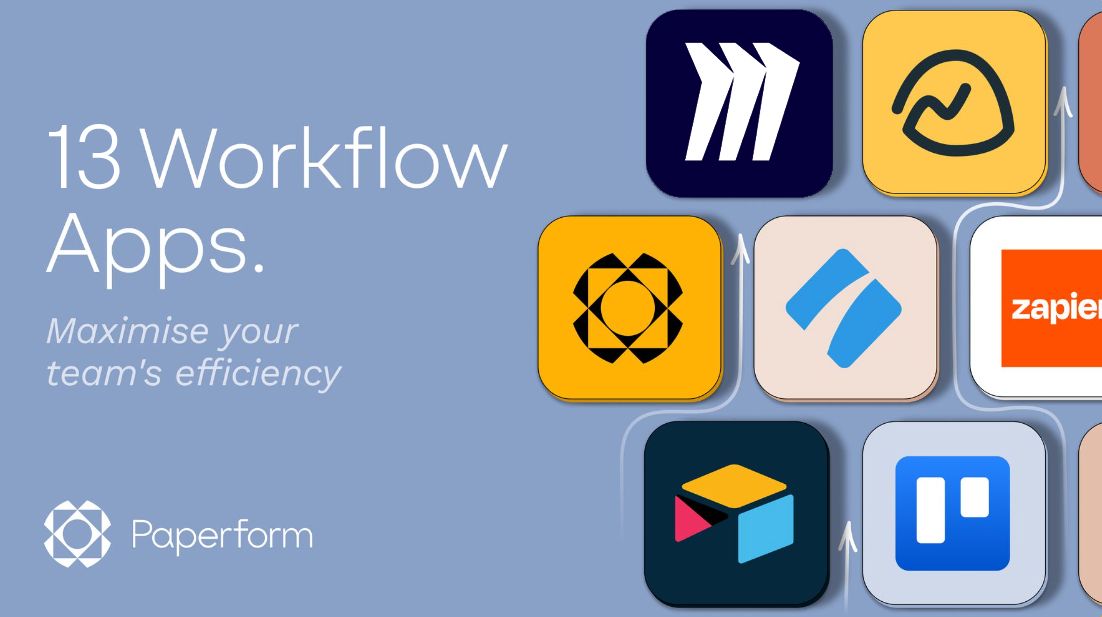As the digital shopping landscape continues to evolve, businesses are constantly looking for innovative ways to enhance the customer experience, scale operations, and stay ahead of the competition. One of the most significant technological developments shaping the future of online retail is headless e-commerce.
Let’s explore what headless e-commerce is, why it’s gaining traction, and how it’s shaping the future of online retail.
What is Headless E-Commerce?
Headless e-commerce is a decoupled approach to online retail where the front-end (the presentation layer that customers interact with) is separated from the back-end (the engine that powers the e-commerce functionality, such as product management, checkout, and order fulfillment).
This separation gives businesses greater control over the user experience, allowing them to customize the front-end using any technology while still benefiting from the powerful back-end systems.
How Headless E-Commerce Works
In a headless e-commerce setup, APIs (Application Programming Interfaces) play a critical role in connecting the front-end with the back-end. APIs allow different systems to communicate seamlessly, enabling businesses to deliver data and content to any platform while using the same back-end functionality for product management, order processing, and payments.
By using an API-driven approach, businesses have the freedom to choose the best front-end technology (like React, Vue.js, or Angular) while keeping their e-commerce operations running smoothly on a robust back-end platform.
Useful Tools for Online Retail and Headless E-Commerce
To fully leverage headless e-commerce, businesses need the right tools to support their operations:
- Content Management Systems (CMS): Tools like Contentful and Strapi allow businesses to manage and publish content across different platforms while using headless architecture.
- Front-End Frameworks: Popular frameworks like React, Vue.js, and Angular are commonly used to build dynamic, responsive front-end experiences for headless stores.
- API Management Platforms: Tools like Postman or MuleSoft help businesses manage and test the APIs that connect their front-end and back-end systems.
- Pricing Optimization Tools: For online retailers, tools like an Amazon repricer allow them to automatically adjust product prices based on competitor data. When integrated with headless e-commerce, it ensures dynamic pricing strategies are applied seamlessly across multiple channels, helping businesses stay competitive.
Benefits of Headless E-Commerce
1. Customization and Flexibility
One of the biggest advantages of headless e-commerce is the freedom it provides in creating unique customer experiences. Because the front-end is independent of the back-end, businesses can design highly customized user interfaces that are tailored to their brand without being constrained by the limitations of traditional platforms.
For example, a retailer can design a mobile app that looks and feels different from their website, but both will be powered by the same back-end system. This allows for a consistent brand experience while offering customization options for different platforms.
2. Faster Time to Market
In the fast-paced world of e-commerce, speed matters. With headless e-commerce, businesses can make updates to the front-end without affecting the back-end. This means that they can experiment with new designs, features, and layouts faster, without worrying about breaking the core functionality of the e-commerce platform.
Whether it’s launching a new product line, updating seasonal promotions, or tweaking the user interface, businesses can roll out changes quickly, improving their agility and staying competitive.
3. Omnichannel Commerce
Today’s consumers expect to shop across multiple channels, whether it’s a website, mobile app, social media, or even IoT devices like smartwatches. Headless e-commerce enables businesses to deliver a seamless, omnichannel shopping experience by using the same back-end to support different front-end experiences across all platforms.
With headless commerce, businesses can provide a consistent shopping experience across multiple touchpoints, ensuring that customers can interact with their brand wherever they are, whether it’s browsing products on Instagram or completing a purchase via voice command on a smart device.
4. Improved Performance
One of the key benefits of separating the front-end from the back-end is improved website performance. A headless setup allows businesses to optimize the front-end for speed, resulting in faster page loads and better user experiences. This, in turn, can improve SEO performance and increase conversion rates.
5. Future-Proofing Your Store
The digital world is constantly changing, and businesses need to stay agile to adapt to new technologies and trends. Headless e-commerce is inherently flexible, making it easier for businesses to integrate emerging technologies, such as voice commerce, augmented reality (AR), and virtual reality (VR), into their platforms without overhauling their entire e-commerce system.
Challenges of Implementing Headless E-Commerce
While headless e-commerce offers many benefits, it’s important to understand the challenges that come with it.
1. Complex Development
Headless e-commerce requires more technical expertise compared to traditional e-commerce platforms. Since the front-end and back-end are decoupled, businesses need skilled developers who can build and maintain custom front-end experiences while ensuring that APIs connect smoothly with the back-end system.
For businesses without in-house development teams, this can result in higher outsourcing costs and longer development timelines.
2. Increased Costs
Headless e-commerce setups often come with higher initial development costs due to the complexity of building custom front-end experiences and integrating APIs. However, these upfront investments can pay off in the long run with improved scalability and flexibility.
3. Managing Multiple Platforms
When using headless e-commerce, businesses need to manage multiple systems—front-end and back-end—separately. This requires more coordination and may introduce additional challenges in terms of ensuring that both platforms are functioning seamlessly together.
Is Headless E-Commerce Right for Your Business?
Whether headless e-commerce is right for your business depends on your specific needs, budget, and long-term goals. If your business requires a highly customized, scalable, and omnichannel experience, headless commerce may be the perfect solution. However, businesses should be prepared for the technical and financial investments required to implement this advanced architecture.
Headless e-commerce is quickly becoming the future of online retail, offering businesses the flexibility, performance, and scalability they need to meet evolving customer demands. While the transition to headless architecture may come with challenges, the long-term benefits far outweigh the costs for businesses looking to stay competitive in the digital age.





